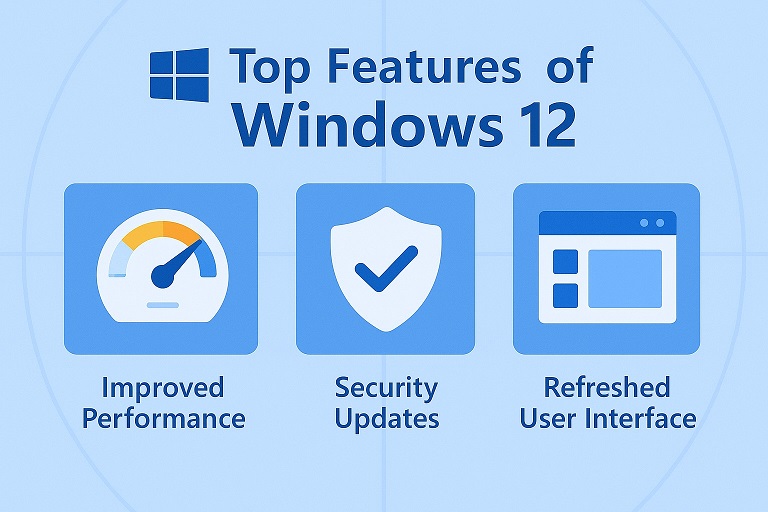Essential Laravel Artisan Commands Every Developer Should Know: Tech Tips and Results
Future of Tech & Web Dev Tips
Essential Laravel Artisan Commands Every Developer Should Know: Tech Tips and Results
Laravel is a popular and powerful PHP framework that simplifies and speeds up the process of building web applications. A crucial feature of Laravel is Artisan, a command-line interface (CLI) that allows developers to easily manage, test, and debug their Laravel applications. In this blog, we will explore some Essential Laravel Artisan Commands that every developer should know. Additionally, we will share Tech Tips and Expected Results to help you use these commands correctly.
1. php artisan serve
The php artisan serve command is used to run a Laravel application on a local server. This command allows you to run your application locally and test it.
How to Use:
php artisan serve
Tech Tip:
-
If you want to run the server on a port other than the default 8000, you can use the
--portoption:
php artisan serve --port=8080
-
Running this command will start a local server, and you can access your application at
http://127.0.0.1:8000or the port you specified.
Expected Result:
-
The server will start, and you will see this message:
Laravel development server started: http://127.0.0.1:8000
2. php artisan make:model
This command is used to create a new model in Laravel, which will handle data related to a specific database table. Models manage database-related tasks such as adding, updating, and deleting data.
How to Use:
php artisan make:model Post
Tech Tip:
-
If you want to create a model along with a migration and factory, you can use the
-mand-foptions:
php artisan make:model Post -m -f
This command will generate a new model, migration, and factory file.
Expected Result:
-
A new
Post.phpmodel file will be created in theapp/Models/folder.
3. php artisan migrate
This command is used to run database migrations. Whenever you make changes to the database schema, you need to run migrations to apply them.
How to Use:
php artisan migrate
Tech Tip:
-
If you want to rollback a migration, you can use the
php artisan migrate:rollbackcommand:
php artisan migrate:rollback
Expected Result:
-
The pending migrations will be applied to the database, and if there are no errors, you will see this message:
Migration table created successfully.
Migrating: 2025_04_16_000000_create_posts_table
4. php artisan route:list
This command lists all the routes in your Laravel application. It provides important information such as the route’s URL, HTTP method (GET, POST, etc.), and its associated controller method.
How to Use:
php artisan route:list
Tech Tip:
-
You can filter specific routes using options like
--nameand--method. For example, to see onlyGETmethod routes:
php artisan route:list --method=GET
Expected Result:
-
You will receive a table listing all routes with their methods and controller methods. Example:
+--------+-----------+---------------------+---------------------+----------------------------------------------------+
| Domain | Method | URI | Name | Action |
+--------+-----------+---------------------+---------------------+----------------------------------------------------+
| | GET|HEAD | /posts | posts.index | App\Http\Controllers\PostController@index |
+--------+-----------+---------------------+---------------------+----------------------------------------------------+
5. php artisan tinker
The Tinker command allows you to interact with your Laravel application using REPL (Read-Eval-Print Loop). It provides an interactive way to manipulate data in your database.
How to Use:
php artisan tinker
Tech Tip:
-
You can use Tinker to easily manipulate data by interacting with Laravel models. Example:
$user = App\Models\User::find(1);
$user->name = 'John Doe';
$user->save();
Expected Result:
-
You will enter an interactive terminal where you can test code and see the results. If the data is updated successfully, no error will be shown.
6. php artisan make:controller
This command is used to create a new controller in Laravel. Controllers manage the logic of your application and handle HTTP requests appropriately.
How to Use:
php artisan make:controller PostController
Tech Tip:
-
If you want to create a RESTful controller, use the
--resourceoption:
php artisan make:controller PostController --resource
This will generate a fully RESTful controller with CRUD methods.
Expected Result:
-
A new
PostController.phpfile will be created in theapp/Http/Controllers/folder.
7. php artisan db:seed
Laravel's db:seed command is used to populate your database with dummy data. It helps you quickly fill your database with sample records for testing.
How to Use:
php artisan db:seed
Tech Tip:
-
You can run a specific seeder class:
php artisan db:seed --class=UserSeeder
Expected Result:
-
Dummy data will be successfully inserted into the database. If no errors occur, you will see this message:
Seeding: UserSeeder
8. php artisan config:cache
This command is used to cache the configuration files of your Laravel application. Caching configuration files improves the speed of the application.
How to Use:
php artisan config:cache
Tech Tip:
-
Before caching the configuration, you can clear all cache with:
php artisan cache:clear
Expected Result:
-
The configuration will be successfully cached, and you will see this message:
Configuration cache cleared!
Configuration cached successfully!
Conclusion
Laravel Artisan commands are incredibly powerful tools for developers. By using these commands correctly, you can not only speed up your development process but also manage your application more effectively and automate repetitive tasks. The Essential Commands shared in this blog will help you manage your development workflow, and with the Tech Tips and Expected Results, you'll understand how to use these commands efficiently.
Mastering these Artisan commands will not only save time but also make your Laravel application development more organized and productive.

























Leave Message